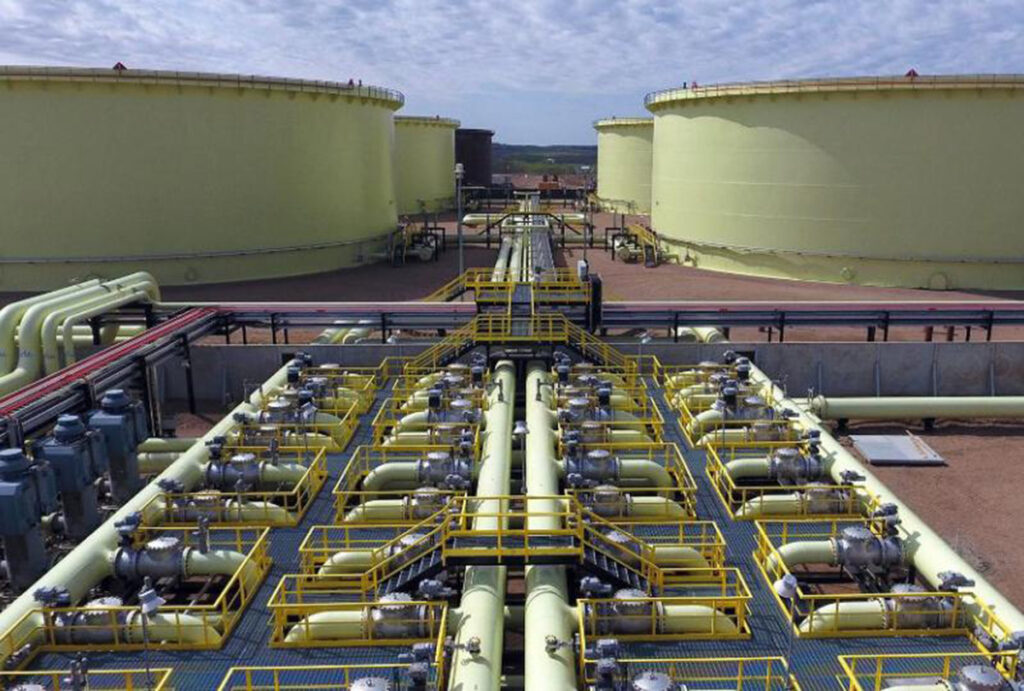‘We want to make sure that our assets are run as sustainably as possible’
By Mario Toneguzzi and Deborah Jaremko
Follow CEC on Linkedin CEC Linkedin
Follow CEC on Facebook CEC Facebook
Follow CEC on Twitter CEC Twitter

Photo courtesy Gibson Energy
Calgary-based Gibson Energy has entered into a 15-year agreement to power more than half of its annual electricity needs with wind.
The company, which handles about one in four barrels of oil produced in western Canada through its network of pipelines and terminals, will receive the power supply from two wind farms owned by Capstone Infrastructure and the Sawridge First Nation.
“We want to make sure that our assets are run as sustainably as possible,” says Sean Wilson, Gibson’s chief administrative and sustainability officer.
“From an emissions perspective [that is] to continue to reduce if not eliminate some of our emissions footprints for those assets.”
The Buffalo Atlee 2 and 4 wind farms are under construction near Jenner, Alberta. With combined nameplate capacity of 26 megawatts, the projects are expected to offset approximately 300,000 tonnes of carbon emissions over the term of the agreement, the equivalent of taking more than 65,000 internal combustion vehicles off the road.
The Sawridge First Nation is located at the east end of Lesser Slave Lake in Alberta near the Town of Slave Lake and is an original signatory to Treaty No. 8 (signed June 21, 1899).
“Maintaining the balance of our needs and the needs of the land is ingrained within the spiritual practices of the nation,” Sawridge First Nation councillor Sam Twinn said in a statement.
“We feel this balance is being achieved with the Buffalo Atlee project with our friends at Capstone, and Gibson Energy.”
Gibson’s operations are located across North America, with core terminal assets in Hardisty and Edmonton, Ingleside, Texas, and Moose Jaw, Saskatchewan.
Since 2020, the company has reduced the intensity of its Scope 1 (direct) and Scope 2 (indirect) emissions in storage and handling by 25 per cent. Incorporating wind power will help reduce Scope 2 emissions, or indirect emissions from electric power.
“Where this project was really compelling for us is it’s going to help us achieve if not almost completely help us achieve our 2025 sustainability target, which is reducing our Scope 2 emissions by 50 per cent, and it’s going to set us up really well for our 2030 target, which is eliminating all of our Scope 2 emissions,” Wilson says.
“Our philosophy has been to continue to meet or exceed the expectations of not only regulatory but also our communities and that broader expectation on sustainability.
The unaltered reproduction of this content is free of charge with attribution to Canadian Energy Centre Ltd.
Share This:




